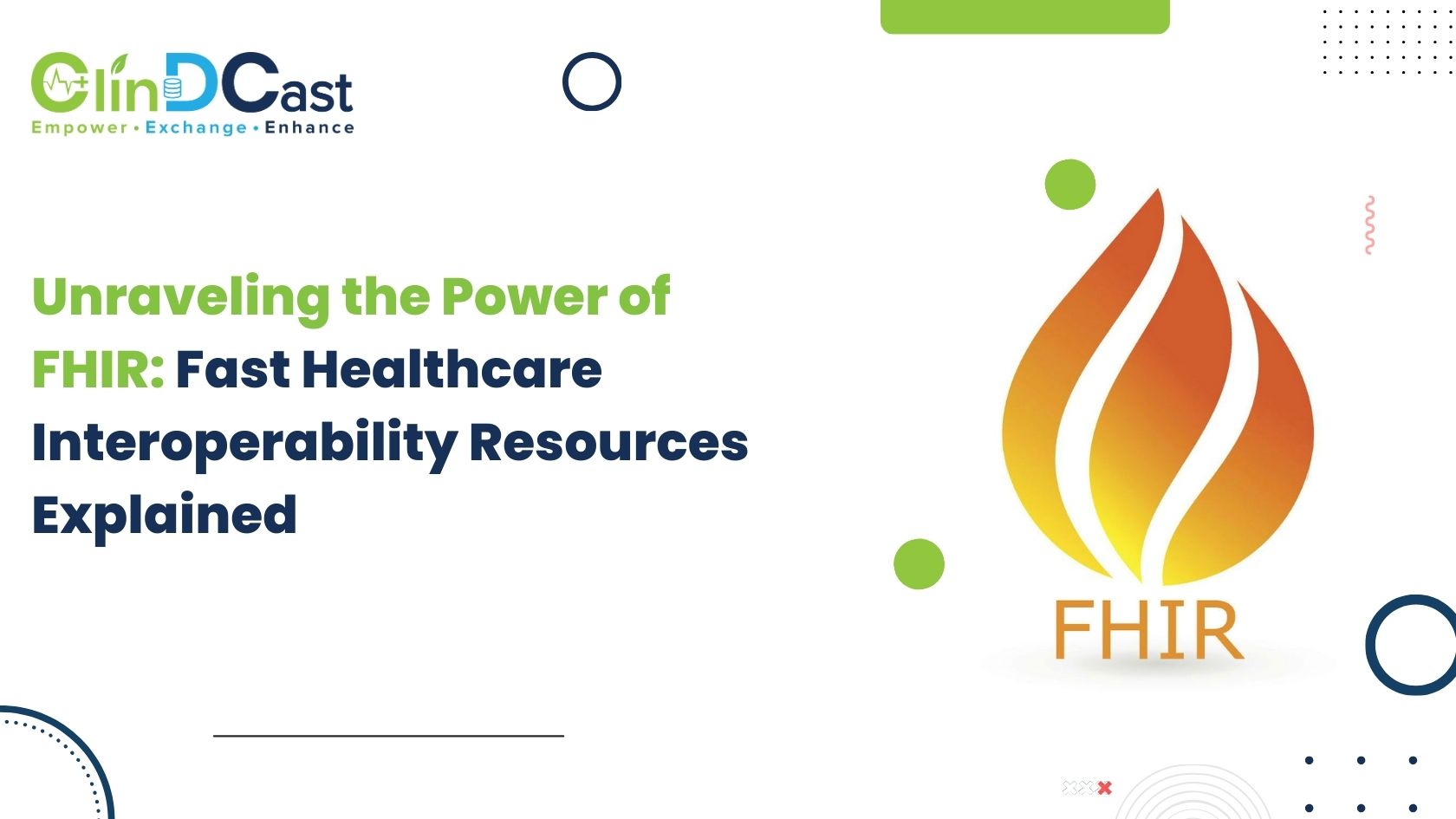
Interoperability has emerged as a critical area of focus in the rapidly changing field of healthcare technology in an effort to improve patient care, streamline procedures, and boost overall effectiveness. The Fast Healthcare Interoperability Resources (FHIR) standard has become essential for accomplishing these objectives. In this blog, Fast Healthcare Interoperability Resources Explained completely looking at its definition, salient characteristics, advantages, and effects on the healthcare sector.
Understanding FHIR:
- Defining FHIR: FHIR stands for Fast Healthcare Interoperability Resources, an open standard for electronic health information exchange. FHIR, created by Health Level Seven International (HL7), enables smooth data exchange and communication between various healthcare systems by utilizing contemporary web standards like HTTP, RESTful APIs, and JSON.
- Key Components: Essential elements of FHIR include resources, which stand for discrete health information (such as patients, prescriptions, and observations), and RESTful APIs, which make it easier for these resources to be shared over the internet. This modular strategy enables scalability and simple implementation.
The Features of FHIR:
- Modularity and Extensibility: Developers can implement individual components of FHIR without adopting the entire standard thanks to its modular design. It is also expandable, allowing custom data elements to be added to suit the particular requirements of various healthcare organizations.
- RESTful APIs: FHIR leverages RESTful APIs, making it well-suited for web-based applications. This enables real-time data access and seamless integration with existing healthcare systems.
- Resource Types: Numerous resource types are defined by FHIR, such as Patient, Practitioner, Medication, and others. There is a standard structure for each type of resource, which makes data interchange and representation more consistent.
Benefits of FHIR:
- Interoperability: FHIR facilitates interoperability by offering a standard data exchange framework. This facilitates information sharing and communication between disparate healthcare systems, enhancing teamwork and patient care.
- Patient-Centric Approach: FHIR emphasizes the importance of a patient-centric methodology. Healthcare professionals can obtain thorough and accurate patient information with standardized patient data representation, enabling them to make better decisions.
- Rapid Implementation: Compared to conventional healthcare standards, FHIR can be implemented more quickly because it is web-based and modular. This quickens the process of creating and implementing interoperable solutions.
FHIR in Action:
- EHR Integration: Integrating Electronic Health Records (EHRs) is a common use case for FHIR. It makes it easier for patient data to be shared across various EHR systems, guaranteeing a smooth information flow throughout healthcare settings.
- Mobile Health (mHealth): FHIR is a good fit for mobile health applications because it is compatible with web standards. Patients can now use their mobile devices to schedule appointments, view their health information, and get personalized health insights.
Challenges and Future Directions:
- Security and Privacy Concerns: Ensuring the security and privacy of sensitive health information remains a critical challenge, even as FHIR improves data exchange. Attempts are being made to address these issues continuously.
- Standardization and Adoption: It will take time for FHIR to be widely adopted and standardized across healthcare systems. In order to overcome implementation barriers, stakeholders must work together.
Conclusion:
Fast Healthcare Interoperability Resources (FHIR) represents a significant leap forward in the pursuit of seamless data exchange and interoperability in the healthcare sector. Its modern design, emphasis on modularity, and patient-centric approach position it as a key player in shaping the future of healthcare technology. As FHIR continues to gain traction, it holds the promise of transforming healthcare delivery, fostering innovation, and ultimately improving patient outcomes.

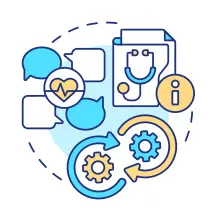



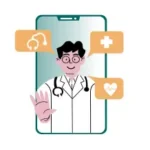
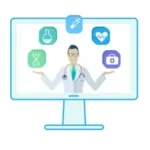

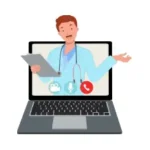







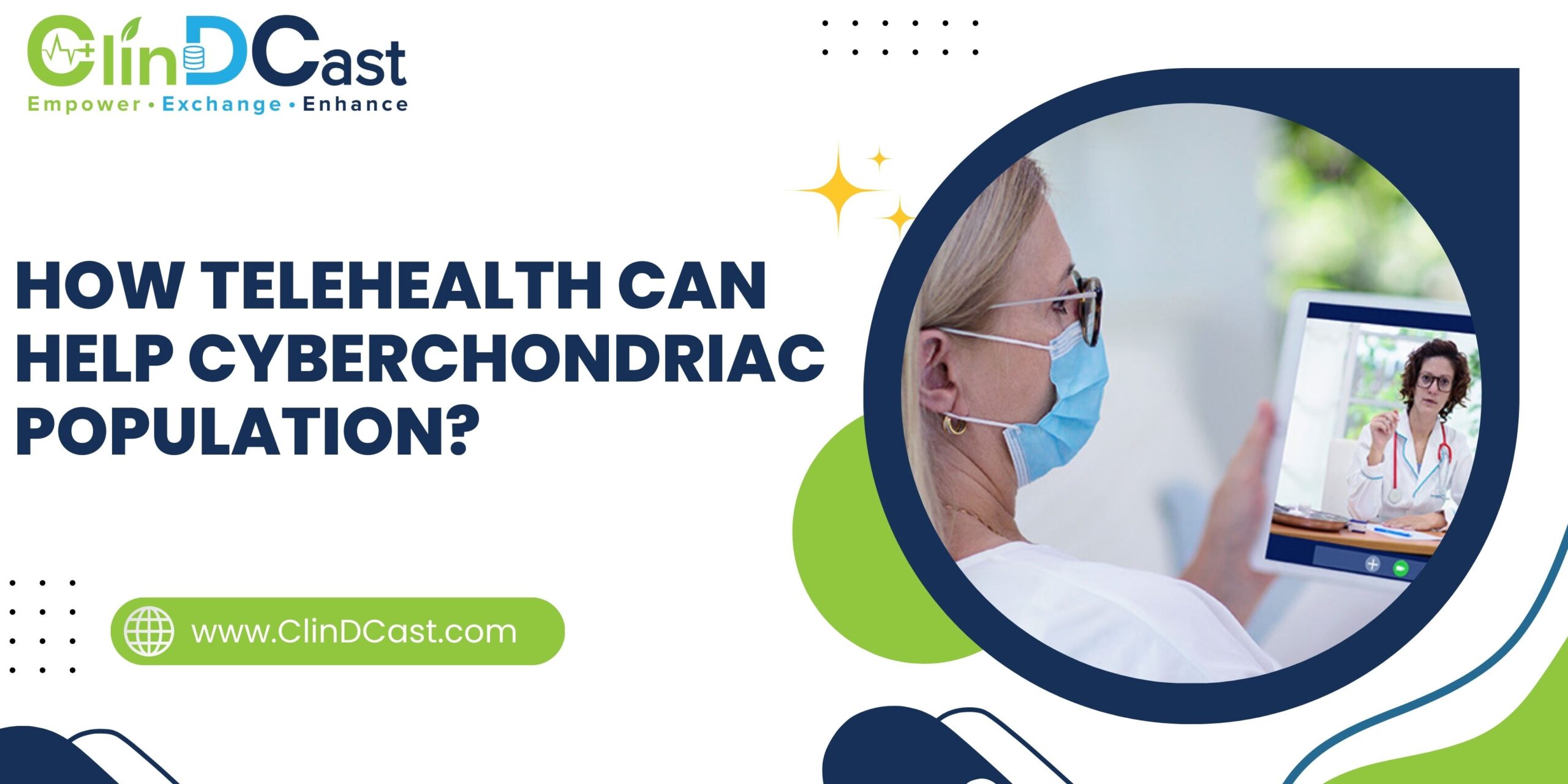




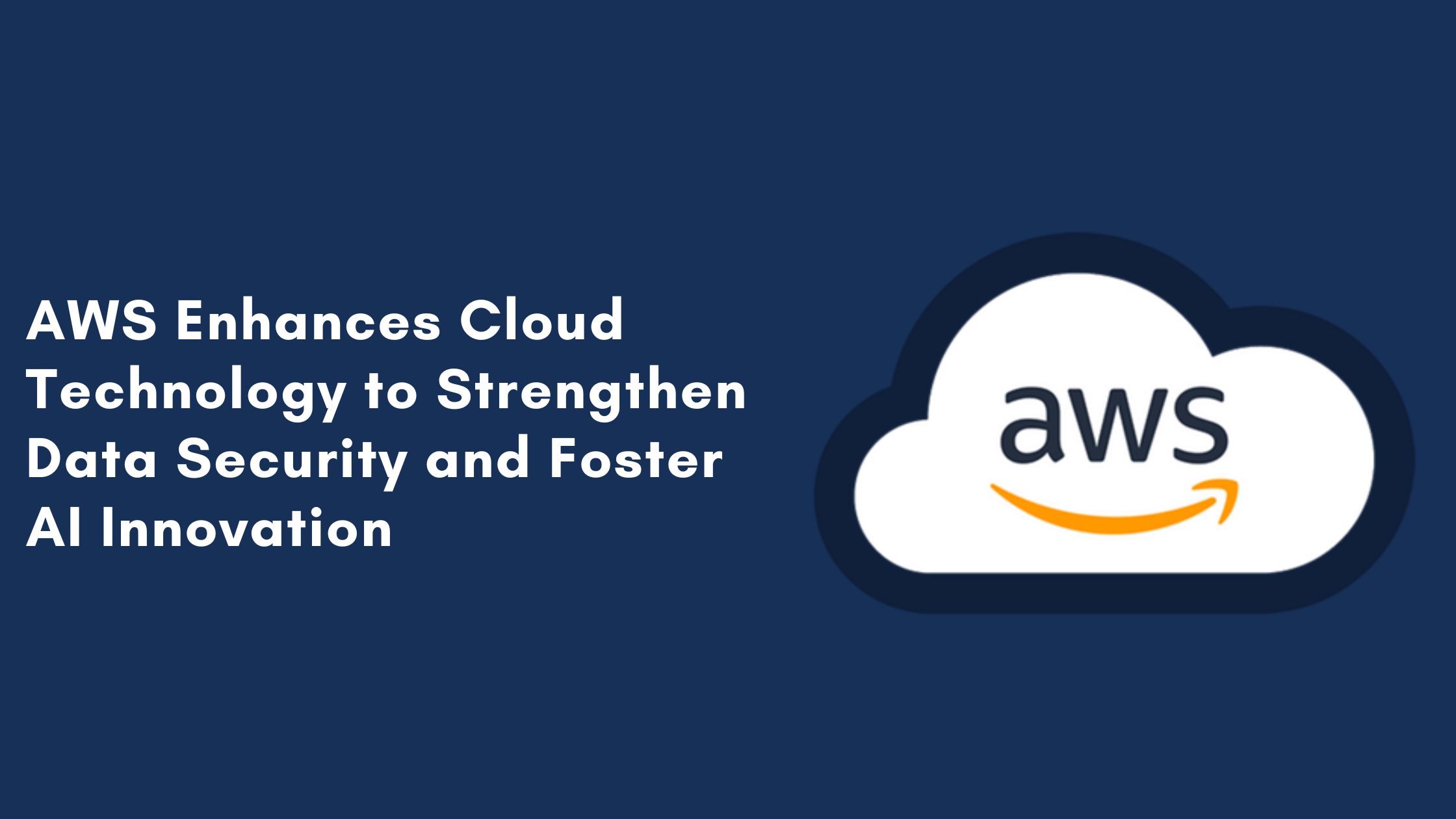

In the dynamic realm of healthcare technology, the spotlight on interoperability has propelled the Fast Healthcare Interoperability Resources (FHIR) standard to the forefront, revolutionizing electronic health information exchange. Developed by Health Level Seven International (HL7), FHIR facilitates seamless data exchange and communication among diverse healthcare systems through contemporary web standards like HTTP, RESTful APIs, and JSON. Its modular design allows for flexible implementation, and with a focus on patient-centricity, FHIR enhances information sharing, teamwork, and decision-making for healthcare professionals. Leveraging RESTful APIs and standardized resource types, FHIR promotes interoperability, expedites implementation, and finds application in areas such as Electronic Health Record (EHR) integration and mobile health applications. Despite challenges related to security and standardization, the transformative potential of FHIR in shaping the future of healthcare technology remains profound, promising improved patient outcomes and a more connected, efficient healthcare ecosystem.
I found great satisfaction in perusing this blog post on Fast Healthcare Interoperability Resources (FHIR). The author has skillfully elucidated the capabilities and possibilities of FHIR within the healthcare sector. The clarity of the explanation, coupled with illustrative examples, significantly enhances the understanding of its practical applications.
FHIR is designed to improve interoperability by providing a standard for exchanging healthcare information. ClinDcast has adopted FHIR, to facilitate seamless data exchange between different healthcare systems, applications, and devices.